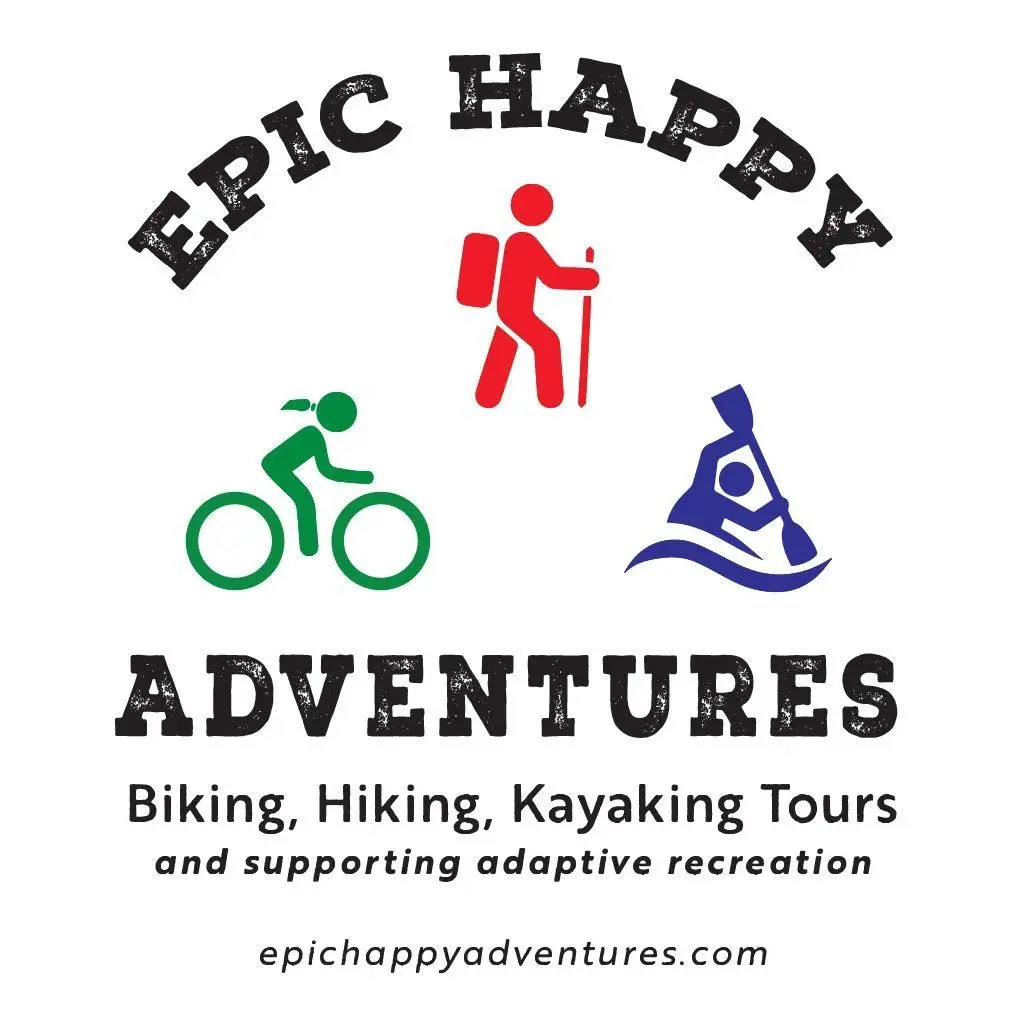
How Hiking Communities Shape Our Wilderness Experience
In the vast network of trails crisscrossing our landscapes, from the rugged paths of the Appalachian Trail to the scenic routes of the Colorado Trail, there thrives a unique culture. This isn’t just about the physical journey of walking through nature; it’s about the social fabric that forms along these paths. Hiking communities, whether they gather in groups or along long-distance trails, are more than just collections of individuals; they are vibrant ecosystems of shared experiences, mutual support, and collective responsibility.
The Formation of Hiking Groups
The genesis of hiking groups often starts with a shared love for the outdoors but quickly evolves into something far more profound. These groups provide a sense of belonging, where members not only hike together but also share knowledge, resources, and camaraderie. The rise of social media and platforms like X has further facilitated the formation of these groups, allowing for virtual meetups before physical ones. The sentiment online reflects a community eager to connect, share, and grow together, with posts about organizing hikes, celebrating achievements, and even discussing the intricacies of gear and preparation.
Culture Around Long-Distance Trails
Long-distance trails like the Colorado Trail, Appalachian Trail, or even the Pacific Crest Trail, are not just pathways through wilderness; they are cultural phenomena. Here, the hiking community’s culture thrives in its purest form. There’s an unspoken code of conduct, a trail etiquette, which includes “leave no trace” principles, respect for wildlife, and a deep appreciation for the solitude and beauty of the wilderness.
This culture is also characterized by its inclusivity. Initiatives like the 52 Hike Challenge or groups like Native Women’s Wilderness or Adaptive Hiking highlight how trails can be welcoming spaces for all, challenging the traditional demographics of outdoor enthusiasts. The community around these trails often goes beyond hiking; it becomes a platform for personal transformation, health benefits, and even a return to ancestral lands and practices.
Trail Etiquette and Community Influence
Trail etiquette is not merely about staying on the path or yielding to uphill hikers. It’s about how the community fosters respect for the environment and each other. Stories on X of debates over issues like horse manure on trails underscore the community’s role in shaping how these shared spaces are maintained and respected. It’s a collective effort where the community educates new hikers, promotes responsible behavior, and sometimes, through direct action like trail maintenance, ensures the trails remain viable for future generations.
Conservation Efforts
The influence of hiking communities extends into conservation. Many hikers, feeling a deep connection to the trails they tread, become advocates for the environment. This advocacy can take many forms, from organized volunteer work like the Colorado Trail Foundation, to personal commitments to conservation practices at home. These efforts often lead to broader community involvement, where hiking groups collaborate with local councils or organizations to protect natural habitats, promote wildlife, and even influence policy.
A Call to Action
As we look at the hiking community, it’s clear that their impact goes beyond the trails. They are educators, activists, and stewards of the land. Yet, there’s always more to be done. Here’s a call to action for all who love the trails:
- Engage: Join or form hiking groups that not only explore but also give back to the outdoors.
- Educate: Share knowledge on trail etiquette, conservation, and the cultural significance of the areas you hike through.
- Advocate: Use social media to voice the need for trail preservation, engage with local governance, and push for sustainable practices in outdoor recreation.
Hiking communities, with their rich social fabric, remind us that nature is not just to be traversed but to be cherished and protected. They teach us that every step we take on the trail should be one that helps to weave together a legacy of respect, conservation, and community for the wild spaces we love.

